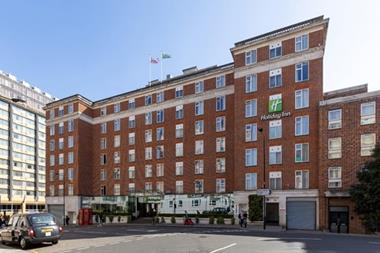EUROPE – High capital charges on real estate under Solvency II are unjustified and risk stopping any recovery of the property sector in its tracks, an investment advice firm has warned.
Weaknesses in Solvency II's "one-size-fits-all" approach to the interest-rate sensitivity of property investments could end up making the asset class less attractive to insurers, Bishopsfield Capital Partners said in a report on the topic.
The structured finance advisory firm said: "Current proposals require insurers to categorise real estate as an interest-insensitive asset, leading to much higher capital charges than for other long-term investments such as bonds," it said.
"This approach has received criticism from the real estate industry for being overly punitive and not in line with market thinking."
The firm said it had carried out its own empirical analysis, which showed there was a link between real estate values and interest rates.
Arjan van Bussel, partner at Bishopsfield, said: "Our research provides new evidence to support market concerns about Solvency II's standard model because it successfully demonstrates the existence of an inverse relationship between residential real estate values and interest rates in a number of key European markets."
Insurers should use the alternative option contained in Solvency II to build their own models to assess interest-rate risk, based on historical data, the firm said.
Marija Beleska, co-author of the report, said: "This approach will enable insurers to focus on the real estate sub-sectors that most accurately match their liability profile."
If insurance companies retreated from the real estate market, this would damage the recovery of the property market as well as the broader economy, Bishopsfield said.
Mike Nawas, partner at the firm, said tailoring the models was necessary.
"After all, isn't it precisely the objective of Solvency II to make the capital charges more risk-based and less blunt?" he asked.
Under the first pillar of the Solvency II framework, which is due to be implemented at the beginning of 2014, real estate investments have to be stress-tested by applying a 25% shock to their market value.
This means investors would have to hold the equivalent percentage of investment value in capital to comply with the regulations.
Bishopsfield said the property industry believed this shock was too severe and cited an IPD paper, which concluded that the shock should be no higher than 15%.











